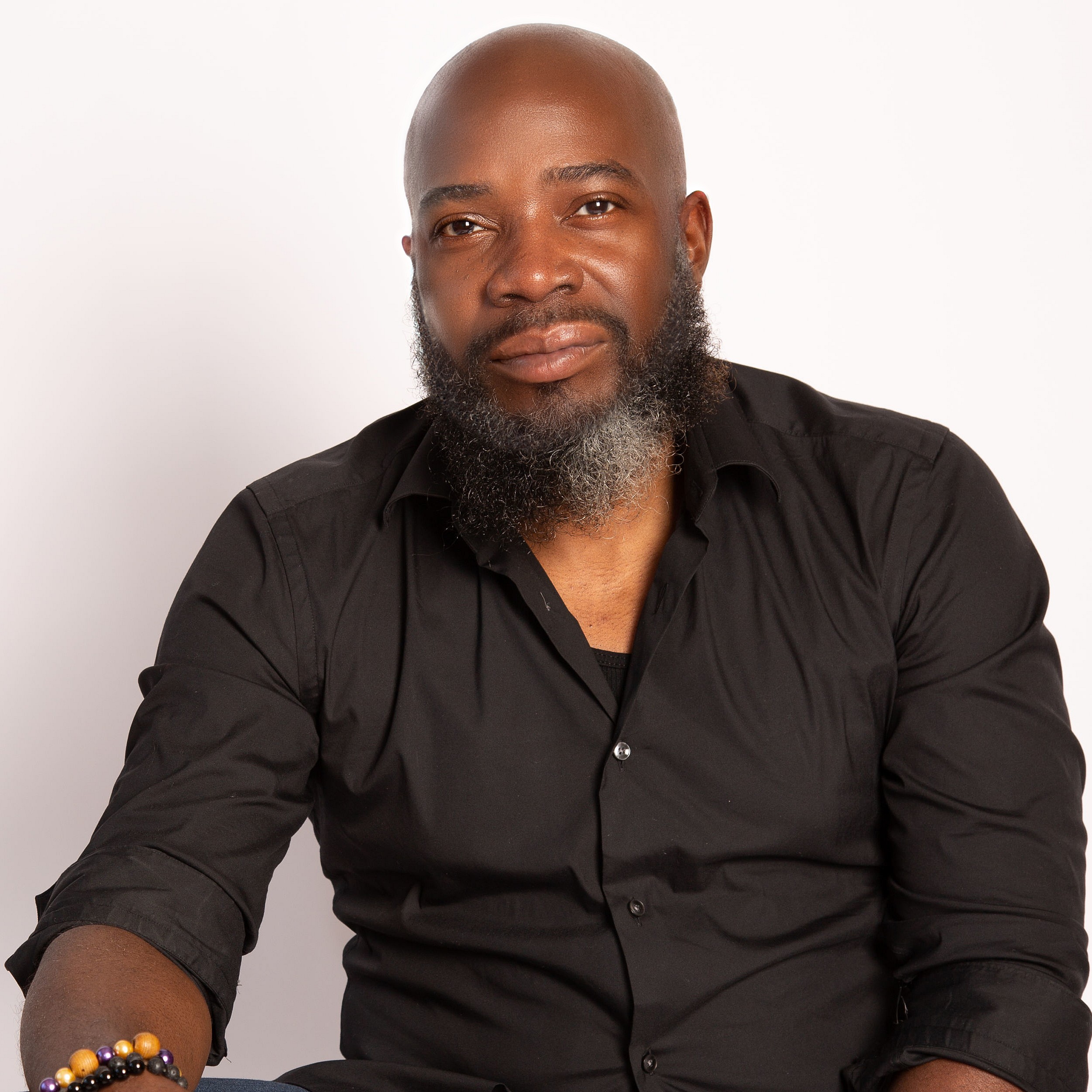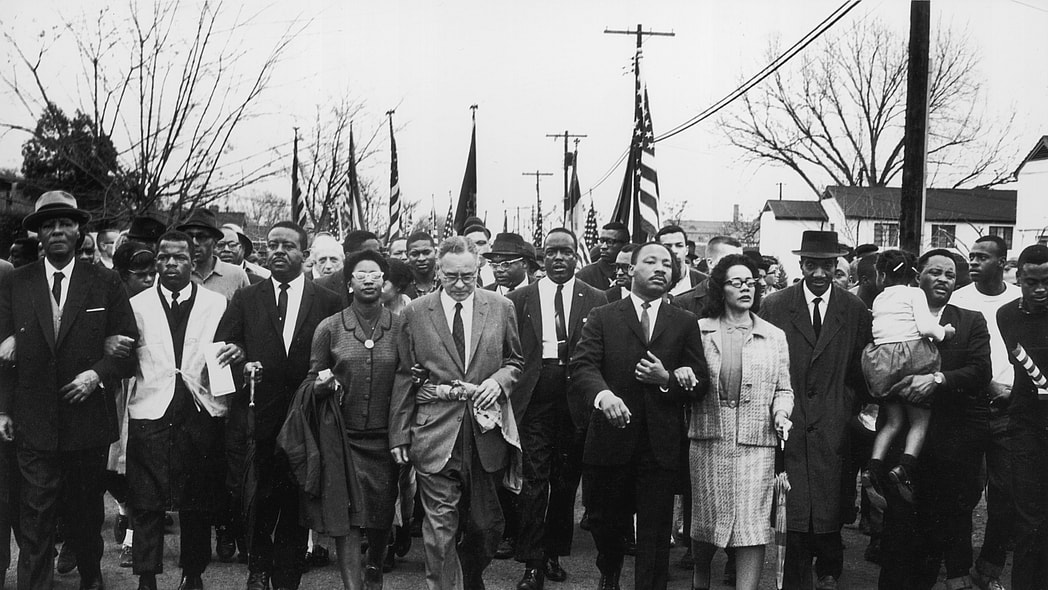Seventy years ago, on May 17, 1954, the U.S. Supreme Court issued the Brown v. Board of Education decision, finding that racially segregated public schools are unconstitutional.
The court’s ruling settled a lawsuit filed by Black parents fighting segregation laws in Topeka, Kansas. Future Supreme Court Justice Thurgood Marshall argued the case on behalf of the plaintiffs as part of the NAACP Legal Defense Funds’ effort to overturn the 60-year-old “separate but equal” doctrine. On May 17, 1954 the SCOTUS issued the unanimous decision, forever desegregating public schools in America. Today, the landmark judicial case is hailed as one of the most significant victories of the Civil Rights Movement. There’s only one problem with this narrative:
None of that ever happened.
As with most versions of Black history, there are two versions of the story of Brown v. Board of Education. There’s the story you read in your seventh-grade social studies book that illustrates America’s slow but steady racial progress. While that uplifting tale is based on an almost true story, there is also another, lesser-known version:
The truth.
On the 70th anniversary of this history-defining case, here are 10 unwhitewashed facts you probably didn’t know about Brown v. Board of Education.
1. You’re saying it wrong.
The first (and maybe most important fact) about Oliver Brown, et al. v. Board of Education of Topeka, Shawnee County, Kansas et al., is that it should actually be called Briggs v. Elliott.
The case we know as Brown v. Board of Education actually began when parents in Summerton, S.C., filed a lawsuit against Clarendon County School Board President R.W. Elliott. In a school district that was more than 70% Black, segregated whites-only schools had 32 school buses while the Black children had to walk as many as nine miles to attend their run-down schools. On May 16, 1950, the NAACP filed a lawsuit on behalf of the Black students, the first of which, alphabetically, was Harry Briggs Jr. A year later, Oliver Brown filed his case on behalf of his daughter, Linda Brown.
Usually, Supreme Court cases are named in alphabetical order of the plaintiffs or, in the event of a consolidated case, chronologically. The Supreme Court eventually combined Briggs, Brown and three other segregation cases when they appeared before the court. Even though Briggs was first alphabetically, the consolidated suit was named after the Kansas case.
Even if the decision was named for the Kansas case, it still should not be called Brown v. Board. When Oliver Brown attempted to enroll his daughter in a nearby all-white school rather than the segregated one a mile away, he joined a class-action lawsuit that was already in progress. He was allowed to join the lawsuit because the other Topeka plaintiffs were women, and the NAACP thought it might be better to have a man at the top of the case.
2. Why it’s not named Briggs v. Elliott.
Again, Briggs was alphabetically first. It was chronologically first. But for some reason, the case was called Brown v. Board.
“We consolidated them and made Brown first so that the whole question would not smack of being a purely Southern one,” Supreme Court Justice Tom C. Clark told Richard Kluger in the book, “Simple Justice.” Some historians allege that South Carolina Governor James F. Byrnes, an ardent segregationist and former Supreme Court justice, convinced the justices to defy the court’s naming convention after promising voters that “white and colored children will not ‘mix’ in schools.”
Meanwhile, Nathaniel Briggs, the younger brother of Harry Briggs Jr., is still leading the effort to correct the historical record. “This case first came to the courts from South Carolina, not Kansas, not Delaware,” Briggs told theGrio. “South Carolina answered the bell in the Deep South, and we answered it first … The governor of South Carolina was Jimmy Byrne. I think we had enough pull to say: ‘Yes, you have a good case, but this case cannot come out of the Deep South. Y’all can file this case but you gotta get it as far away from South Carolina as possible.’ So it ended up in the Midwest in Topeka, Kansas.”
Earlier this year, the Supreme Court denied a petition to change the name.
3. Segregation was not mandatory in Kansas.
One reason the case may have been renamed is that, unlike the other four states in the lawsuit, most schools in Kansas were already integrated.
They sued the Topeka Board of Education because an 1877 Kansas law gave districts in large cities the option of segregating their elementary schools. Like schools in small towns across the state, Topeka’s high school was already integrated. By contrast, integrated schools in South Carolina were not just illegal; they were constitutionally mandated.
Recommended Stories
4. Integration was never the goal.
The Browns were also the only plaintiffs who specifically asked the court to allow their daughter to attend a whites-only school. South Carolina’s plaintiffs were asking for equal schools. Their entire case was based on an economic argument — that the white students were benefitting from the theft of resources paid for by Summerton’s majority-Black citizens. The 107 parents who signed the petition that led to the case asked for “educational advantages and facilities equal in all respects to that which is provided for whites.”
5. Thurgood Marshall was not the attorney for Brown v. Board.
Attorney Robert Carter and Jack Greenberg represented the Topeka case while Marshall initially filed the South Carolina lawsuit. It wasn’t until the justices combined the cases that Marshall was selected to make the oral arguments before the Supreme Court.
6. Brown v. Board created a new kind of school.
Have you ever wondered why the demographics of most cities are much whiter than the school district demographics? For instance, while the under-18 population in the U.S. is 47.3% white, public schools are 43% white.
Brown v. Board did that.
Instead of integrating their schools, millions of white families abandoned public schools for segregation academies, private all-white schools that still exist to this day. Today, Republican legislators in Georgia, Florida and other states are fighting to use public funds to fund these private, mostly white institutions.
7. Barbie v. Board of Education
One of the most famous byproducts of Brown v. Board was Dr. Kenneth Clark’s infamous Doll Study.
The first psychological research project to be cited by the Supreme Court was commissioned specifically for the Briggs case to show the psychological effects of segregation on Black children. The researchers found that racial discrimination created a sense of inferiority and self-hatred in Black children, “If society says it is better to be white not only white people but Negroes come to believe it, Clarke testified. “A child may try to escape the trap of inferiority by denying the fact of his own race.”
8. The Briggs family was run out of town.
Shortly after he filed the petition, Harry Briggs Sr. was fired from his job at a local gas station, and his wife, Eliza Briggs, was also fired. Then, the bank president repossessed the family car. Even the family cow was incarcerated.
No, seriously.
“It was my job to take the cow to graze in a pasture across from the white church every day morning before school,” Nathaniel told theGrio. “One day, I came home from school and the cow was gone. We later discovered that, since they couldn’t arrest my father, they sent our cow to jail!”
The family eventually moved to Florida for a year. When the parents returned with their six children, Harry Sr. found work under an assumed name but it wouldn’t last long. They were forced to move again, this time to New York, where 76-year-old Nathaniel Briggs still resides. Other families who signed the Clarendon County petition suffered the same fate. Many of the Black-owned businesses in town were shut down. TheGrio could not determine the fate of the incarcerated cow but you can bet it involved some bullsh…
Never mind.
9. The case was a matter of life and death.
Equality and justice weren’t the sole reasons for the Briggs case. The spark that lit the fuse occurred when an elementary school student drowned after falling off a raft on the way to school. For many students, this was the only way to attend the school. Even when they made it safely to school, they still had to gather wood to light fires because the Black schools had no heat.
If only Black people cared about education.
10. The case did not integrate schools.
To integrate is “to form, coordinate, or blend into a functioning or unified whole,” or “to end the segregation of and bring into equal membership in society or an organization.” Integration is defined as “incorporation as equals into society or an organization of individuals of different groups.
A Supreme Court decision didn’t make any of those things happen
Even though the court unanimously ruled that segregation was unconstitutional; white people largely ignored the decision. South Carolina didn’t start its desegregation process until 1963. Mississippi, Virginia and other states started “massive resistance” movements that defied the Supreme Court decision for 15 years. Even today, most Black children attend schools that are segregated by color. Nationally, white children are a minority population in the public school system, but 77% attend majority-white schools. Majority non-white school districts receive $23 billion less in funding than their majority-white counterparts. Black activists used the Supreme Court decision to force integration. But America’s education system is still separate and unequal.

Michael Harriot is a writer, cultural critic and championship-level Spades player. His NY Times bestseller Black AF History: The Unwhitewashed Story of America is available in bookstores everywhere.










